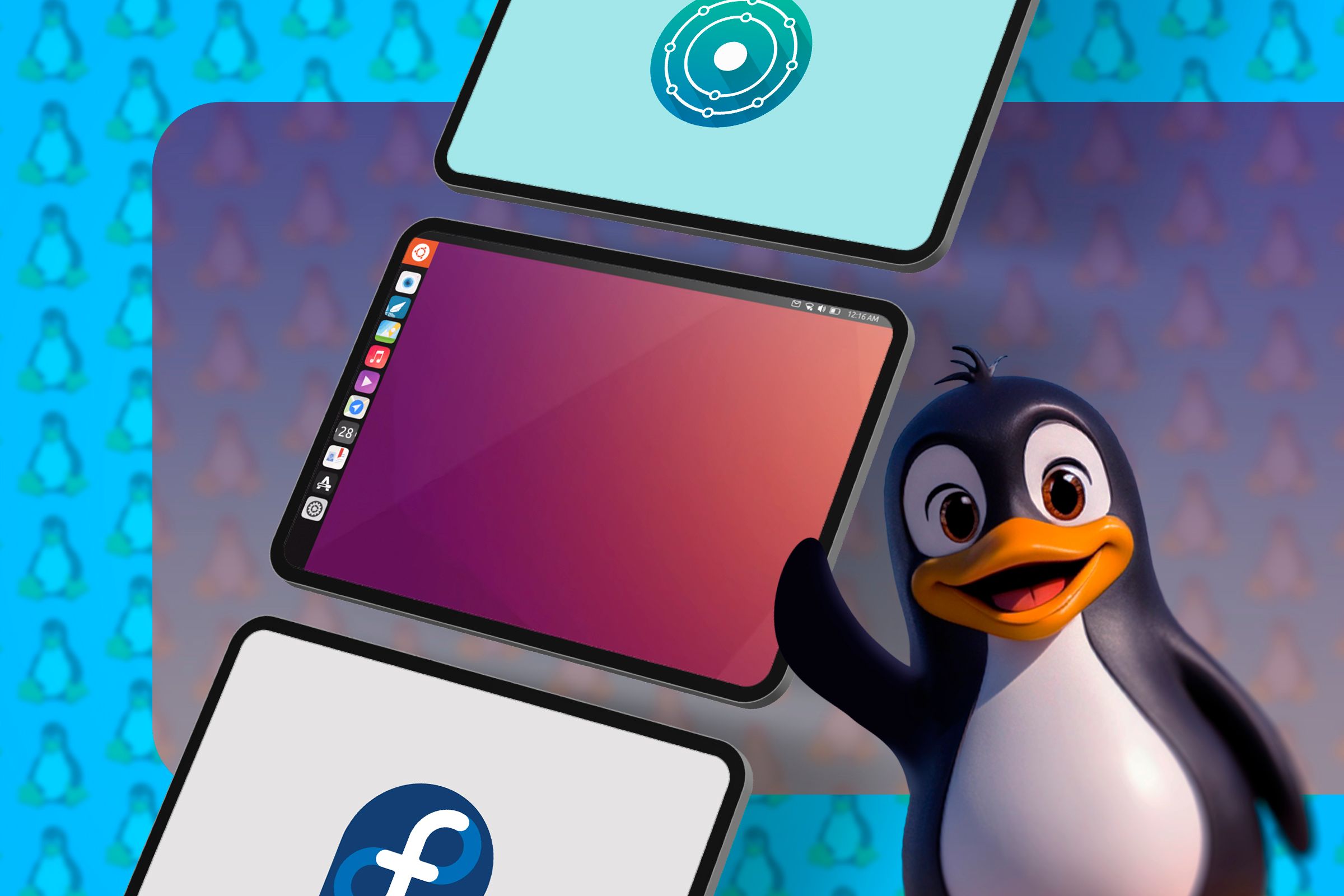Linux Newbies: Why Your Desktop Environment Matters More Than Distro Drama

When diving into the world of Linux, many newcomers obsess over selecting the perfect distribution, but they're missing the real game-changer: your desktop environment. Think of the desktop environment as the soul of your computing experience—it's the interface that defines how you interact with your computer, shaping everything from visual aesthetics to workflow efficiency.
Unlike distribution choices, which primarily differ in package management and system configuration, desktop environments dramatically transform your entire computing landscape. Whether you're a minimalist who craves simplicity, a power user seeking ultimate customization, or someone who values sleek design, there's a desktop environment tailored to your unique needs.
Popular options like GNOME offer a modern, clean interface with intuitive design, while KDE Plasma provides extensive customization options for those who love to fine-tune every aspect of their system. Xfce appeals to users with older hardware, delivering lightweight performance without sacrificing functionality. MATE preserves a traditional desktop experience, and Cinnamon strikes a balance between classic and contemporary design.
Your choice of desktop environment impacts productivity, system resources, and overall user satisfaction far more significantly than the underlying distribution. It determines your daily interaction with the computer—how windows are managed, how applications are launched, and how seamlessly you can multitask.
So before getting lost in distribution debates, invest time exploring different desktop environments. Most Linux distributions allow you to switch between them easily, giving you the flexibility to find your perfect digital home. Remember, in the Linux world, your desktop environment is your personal workspace—make it count.
